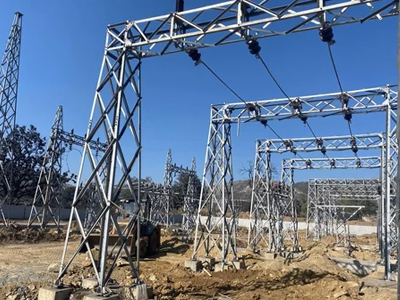33 KV HT Substations
33 KV HT substations are crucial components of electrical power distribution systems, acting as transformers that step down high voltage electricity from the transmission network to a lower voltage suitable for local distribution. These substations typically receive power at 33 kilovolts (kV) from the transmission grid and transform it to a lower voltage, usually 11 kV or 415 volts, for distribution to residential, commercial, and industrial consumers. The substation's primary function is to ensure efficient and reliable power supply to the connected area. Key elements within a 33 KV HT substation include transformers, circuit breakers, insulators, busbars, and protective relays.


Transformers are responsible for voltage transformation, while circuit breakers interrupt the flow of electricity in case of faults. Insulators prevent electrical current from flowing to the ground, while busbars act as conductors carrying high currents. Protective relays monitor the system for any abnormalities and trigger circuit breakers to isolate faulty sections. The location of 33 KV HT substations is strategically chosen to minimize transmission losses and ensure efficient power distribution. Their construction involves meticulous planning and execution to ensure safety, reliability, and long-term performance. Regular maintenance and inspection are vital to ensure the substation operates optimally and contributes to the uninterrupted power supply in the connected region.



